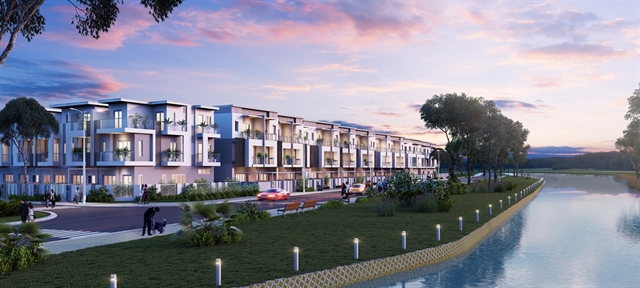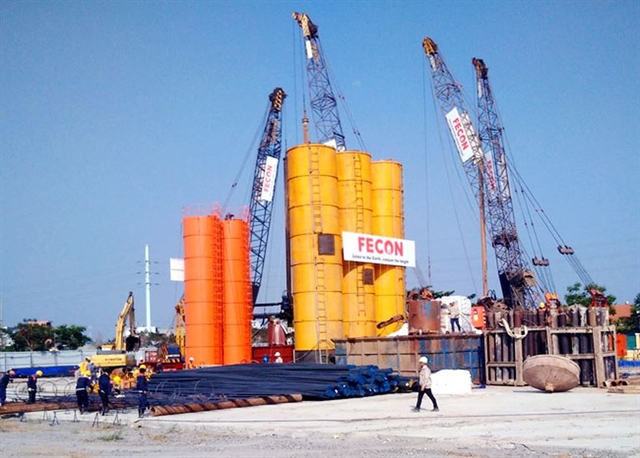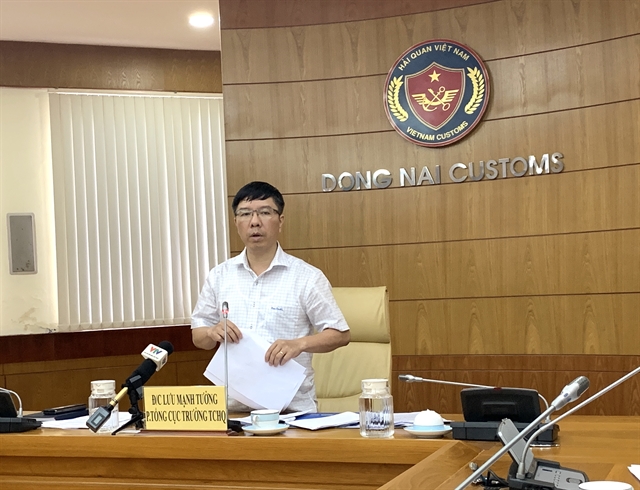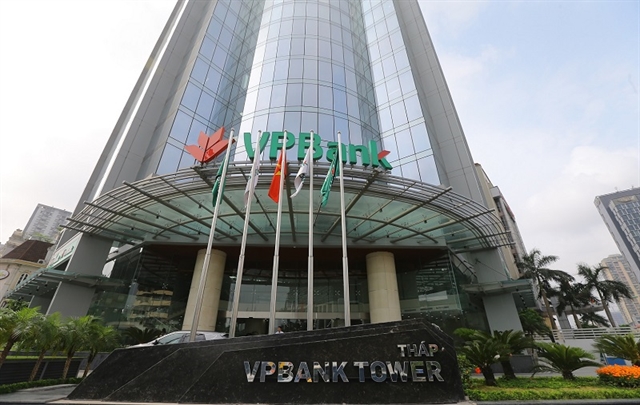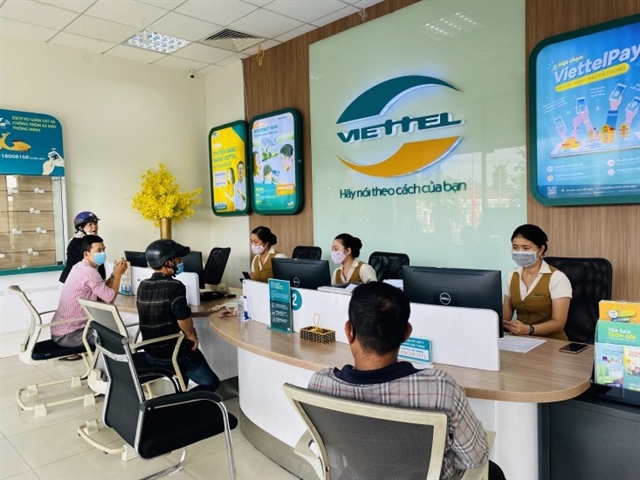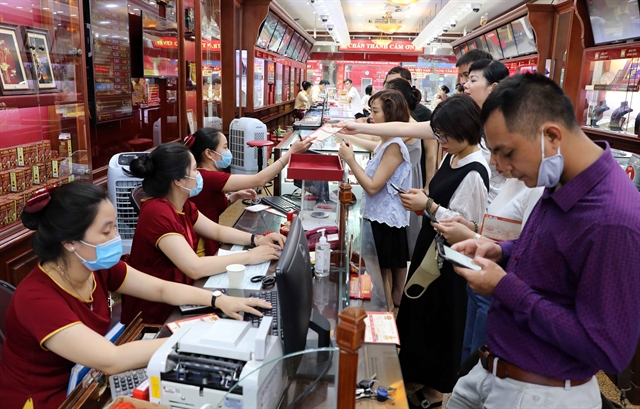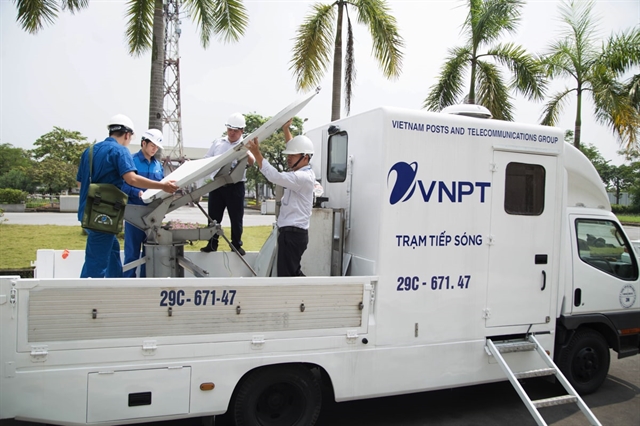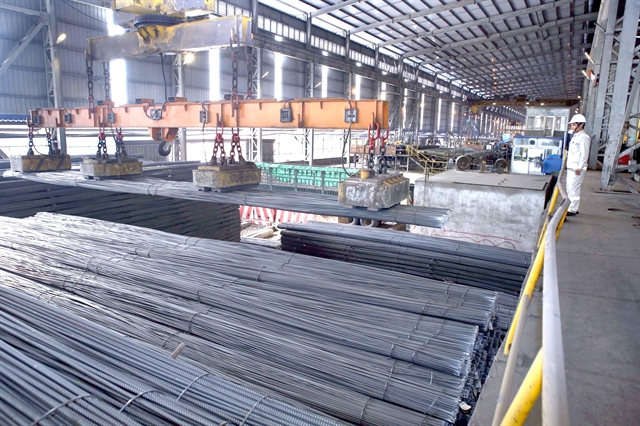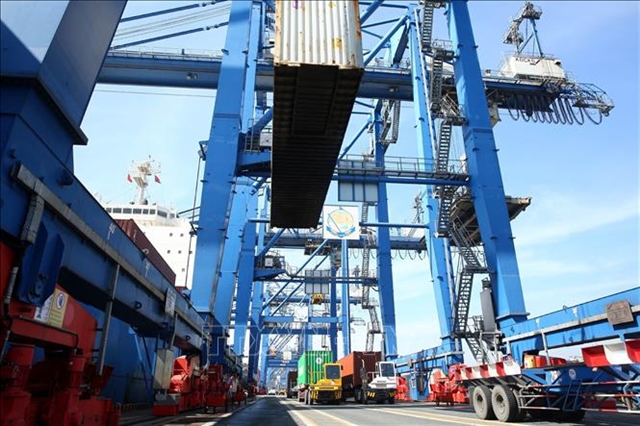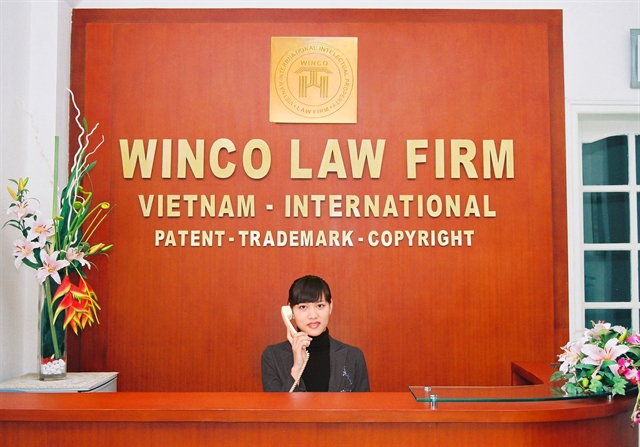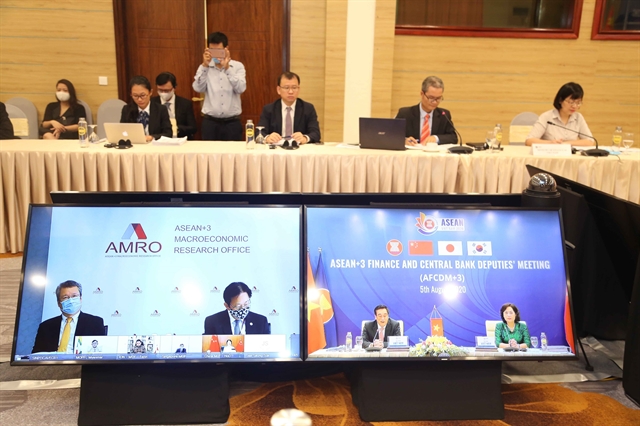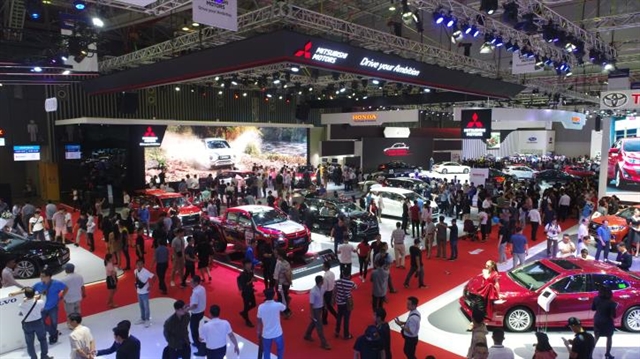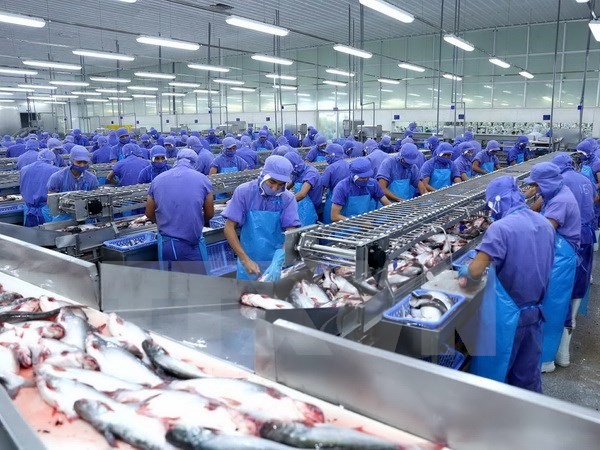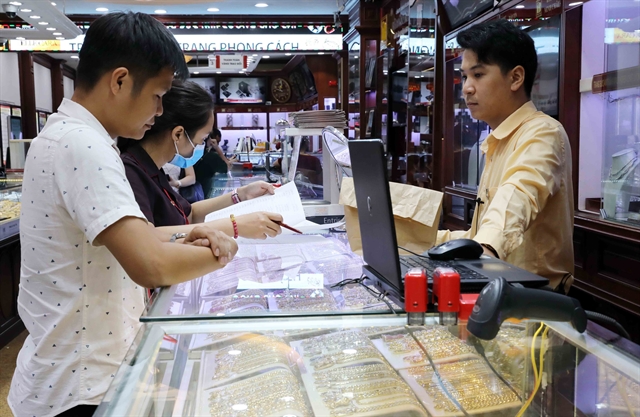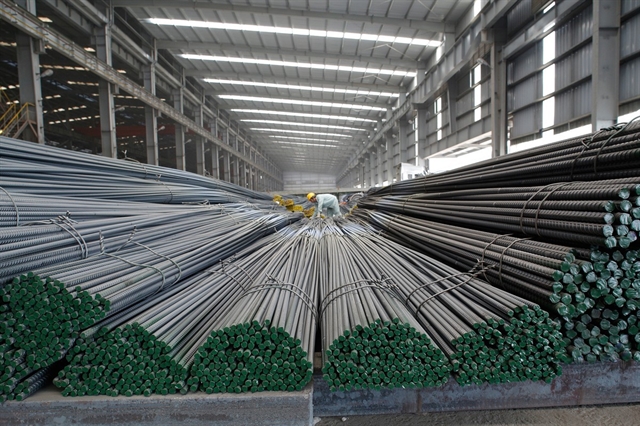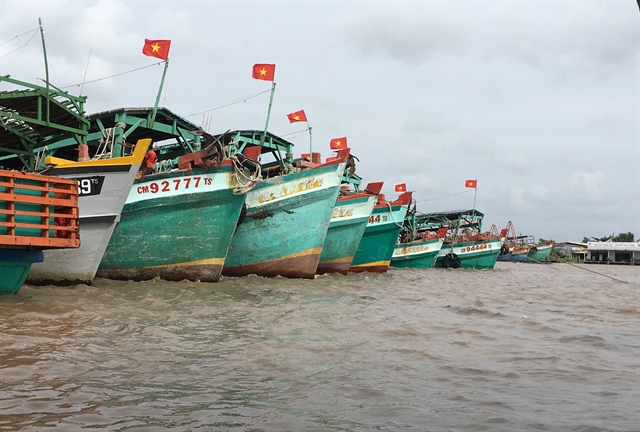
CÀ MAU — The southernmost province of Cà Mau has mapped out plans to develop a robust marine economy commensurate with its potential and advantages through 2030 with a vision until 2045.
In its socio-economic development plan, the province has set a target to achieve average annual growth rate of 7 per cent. The marine economic sector will contribute about 30-35 per cent of the province’s total budget revenue.
The average per capita income is about US$3,320 in the period of 2021-25 and about $4,500 – 4,700 in the 2026-30 period.
The province targets gaining $1.45 billion from seafood exports by 2025 based on fostering hi-tech shrimp farming and focusing on developing processed seafood products with high added value.
Cà Mau will strive to meet criteria for a sustainable marine economic development by 2045. By then, the marine economic sector will have developed towards modernisation and become a driving force for the province’s socio-economic growth, said Phạm Bạch Đằng, Permanent Deputy Secretary of the provincial Party Committee.
The living standards and cultural and spiritual life of the people in coastal areas continue to improve. Marine and island resources are managed and exploited appropriately and sustainably and are adaptive to climate change.
The provincial Party Committee has identified a number of important breakthroughs to realise its targets as well as boost the province’s strong marine economic development in the future in line with its available potential and strengths, he said.
Specifically, the province will focus on developing Sông Đốc and Năm Căn urban areas into grade-III urban centres by 2025, with Sông Đốc urban area to become the province’ s services, trade and marine economic centre.
In addition, the province will foster the development of the marine economic sector, besides other key economic sectors such as fisheries, oil and gas, renewable energy, marine tourism and mechanical engineering industries, with a focus on investment in wind, solar and gas power, eco-tourism and marine tourism projects.
The province aims to complete the Hòn Đá Bạc Tourist Area investment project by 2022, and the master plans for Mũi Cà Mau National Tourist Area and U Minh Hạ National Park Tourist Area by 2030.
It also aims to become the electricity centre of the Cửu Long (Mekong) delta region by 2030.
The province is completing procedures to call for investment in building the Hòn Khoai general seaport and will ask the central Government to invest in upgrading Năm Căn port and dredging Bồ Đề sea gate to facilitate the transportation of goods in and out of Năm Căn Economic Zone.
Sông Đốc port is planned to become a cargo port in combination with a port to serve tourists.
Endowed with a 254-km coastline, Cà Mau has a strategic location for defence, security and marine economic development. In particular, Hòn Khoai island cluster is close to international maritime routes, which is favourable for maritime economic development.
Cà Mau sea is also known as one of the country’s four key fishing grounds, with abundant and diverse aquatic resources, of which many have high economic value. — VNS
